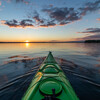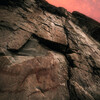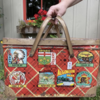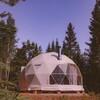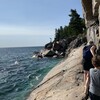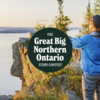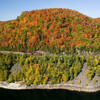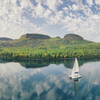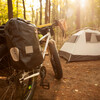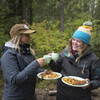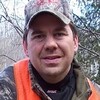
Winter Whitetails
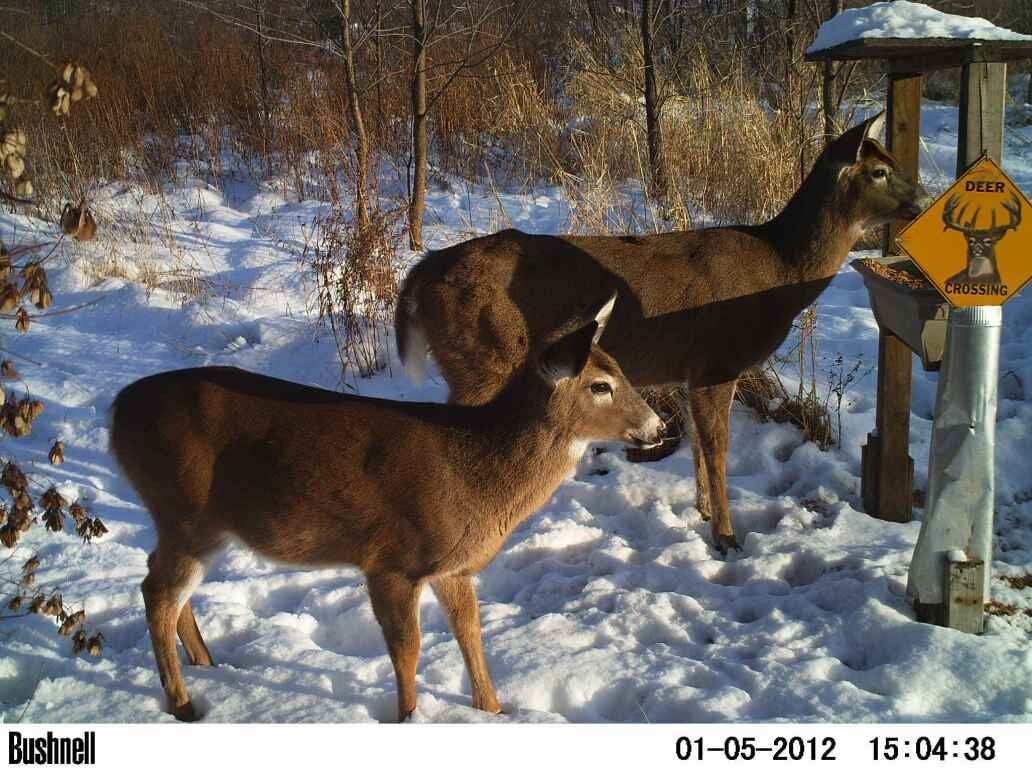
As a dedicated whitetail conservationist and wildlife biologist, I've managed winter whitetails for more than 25 years. From deer yard operations in the mountains of Quebec to counting pellet groups in Central Ontario as part of a Ministry of Natural Resources (MNR) Fish & Wildlife initiative, to today running my own small-scale backyard feeder in Eastern Ontario, working with Ontario's deer populations has been an incredible part of my career.
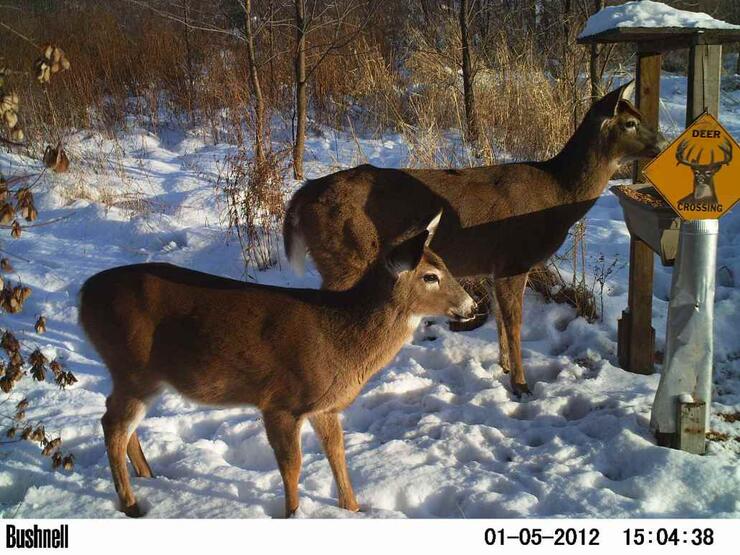
Helping our ‘deer friends’ endure the colder months is a pet project of mine and it can be yours too. If you've noticed deer in your backyard or neighbourhood over the years, now is a great time to learn more about backyard feeding. Here's a handy guide to help get you started!
The rewards of backyard deer feeding are well worth it. In the spring, I see fawns born that develop into mature majestic bucks, who later return to my feeder each winter. Knowing I play a small part in the ‘whitetail circle of life’ is a good feeling indeed!
Meet the white-tailed deer
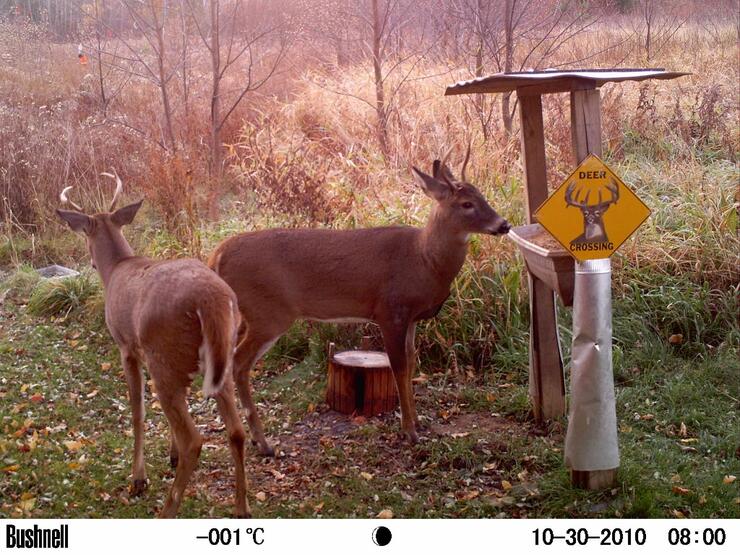
White-tailed deer or Odocoileus Virginianus are a wide-ranging ungulate native to North America and South America and found in most parts of Ontario. Whitetail body size varies greatly throughout its range, following Bergmann’s rule, where deer of the south are generally smaller, while those in northern climates like Northeastern Ontario tend to be larger. An adult whitetail can weigh between 150 - 250 pounds, on the hoof.
Tips on backyard feeding
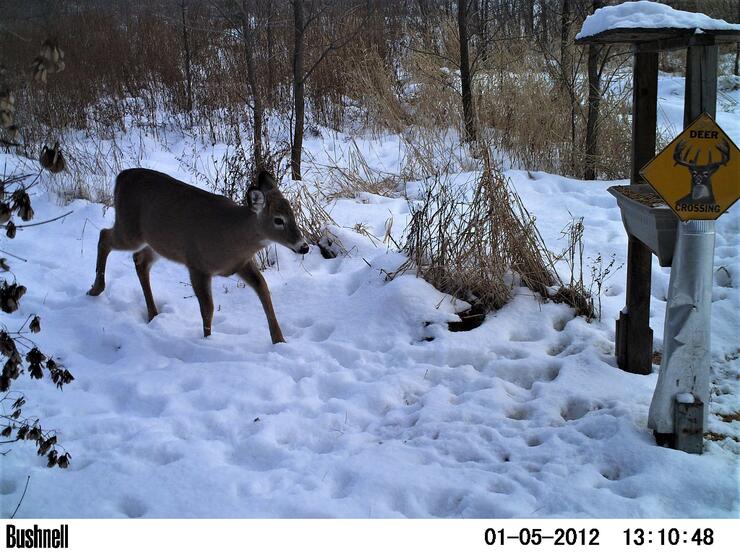
Backyard deer feeding is an enjoyable pastime and of benefit to whitetails as snow depth increases. I learned a few tricks to assist with your own backyard feeding, starting with the number one rule of winter deer feeding: consistency. Once you begin distributing supplemental feed, it is imperative to continue throughout the winter, as a whitetail’s digestive system adapts to your supplemented diet.
Understanding the basics before you start feeding, will go a long way to ensuring a more productive and helpful winter program. It is easy to do with a few simple tips.
Backyard feeding VS Deeryard Management
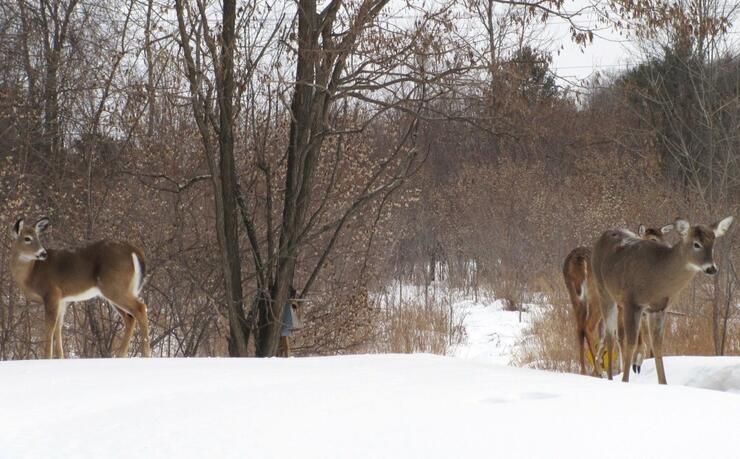
While government agencies operate larger-scale deer stations in northern Ontario deeryards to help manage winter whitetail populations, it is much easier to run your own small-scale backyard feeder—as long as you follow these handy tips. Please note that supplemental feeding is not the same as a full-fledged deeryard operation, or an emergency feeding situation. Your backyard feeder will serve only as a small ‘supplement’ to the deer’s natural winter browse intake, akin to feeding songbirds at a bird feeder. We are not there to replace a whitetail’s natural diet entirely; this is one of the many misconceptions of backyard feeding.
This guide covers supplemental feeding of a small number of deer, usually less than 10. I generally provide feed for 6-8 whitetails each winter.
Deer benefits
The main motivation for backyard feeding is to prevent loss of wintering deer due to starvation. Whitetails in the northeast contend with deep snow, limited access to natural forage and increased predation. Supplemental feeding is an asset to the herd as a whole. Younger deer have higher energy demands and with increased difficulty wading through deep snow, winters are especially hazardous. Mature bucks enter the colder months having depleted fat reserves during the rut and when winter arrives, they are often in a weakened state; unable to replenish important fat levels.
Studies have shown that doe’s with improved winter nutrition have fewer fawns die at birth, and increased fecundity rates, or the delivery of multiple fawns. Improved winter diet is beneficial to all members of a whitetail population, and is the cornerstone of any backyard feeding.
Feed options
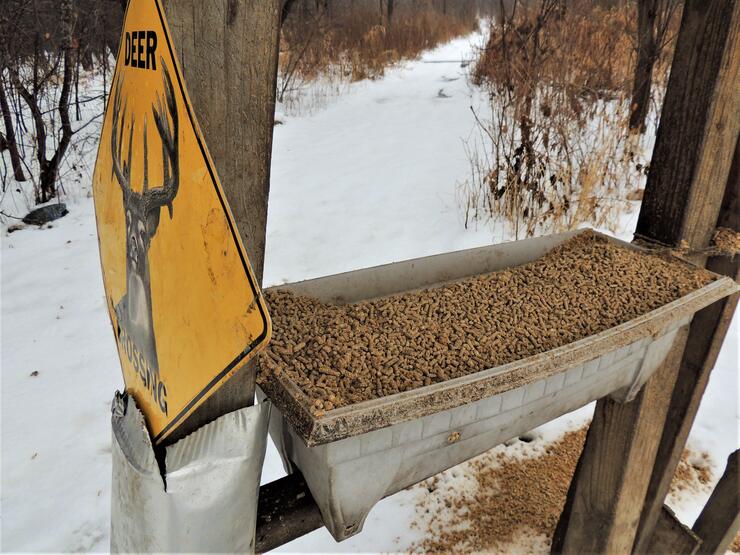
After years of experimenting with different feed types, I settled on ‘livestock grower pellets’ from Ritchie Feed & Seed, in Ottawa. These grower pellets are composed of 14” Protein, 8 % Fiber, 3 % crude fat and 1% calcium and available at many other livestock feed stores in Ontario’s northeast: Krause Farm Feeds in Powassan, and Valley Farm & Feed in Chelmsford.
Take note that the use of whole corn, whole wheat or whole barley cause digestive issues for deer, since these foods are high in starch.
Daily feeding
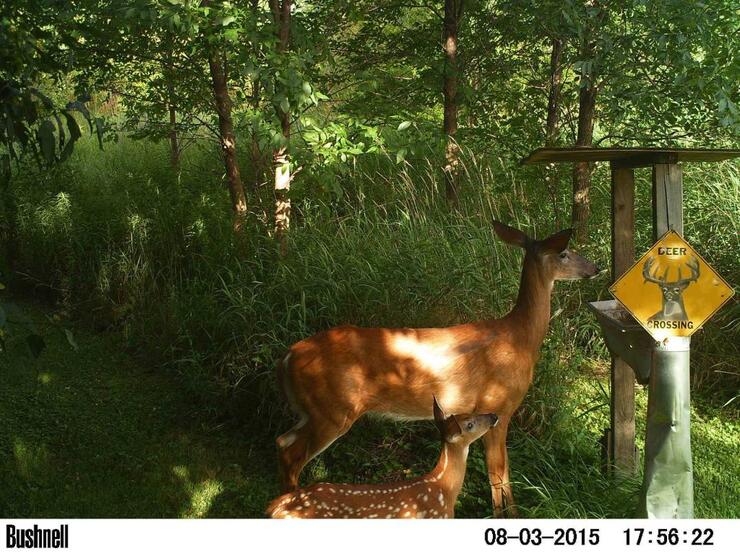
For the small number of deer that visit my backyard feeder, 1-2 litre ‘scoops’ of feed per day will suffice. Deer usually only feed for 2-3 minutes and then move on to their natural winter browse. I make sure to have feed in my feeder at all times that is dry and accessible. If I plan to be away for more than a day, I arrange for someone to top-up the feed so it never runs out.
Backyard Pitfalls
One pitfall of winter-feeding is its impact on deer density. Large-scale feeding operations can increase whitetail numbers, thus depleting natural forage supplies. This ties-in with the concept of carrying capacity or the environment’s ability to offer life support for a set number of animals, based on available resources. The goal with any backyard feeding is to offer just a small supplement and not to replace natural feed completely. Keep your backyard feeding small scale—cater only to a small handful of deer.
Helping the offspring
One devastating hidden effect of a harsh winter is observed with adult does, and often results in the death of fawns during birth. Studies have shown that females with improved winter nutrition have fewer fawns die at birth, and increased fecundity rates, or the delivery of multiple fawns. Improved winter diet is beneficial to all members of a whitetail population, and one reason why we offer supplemental winter feed.

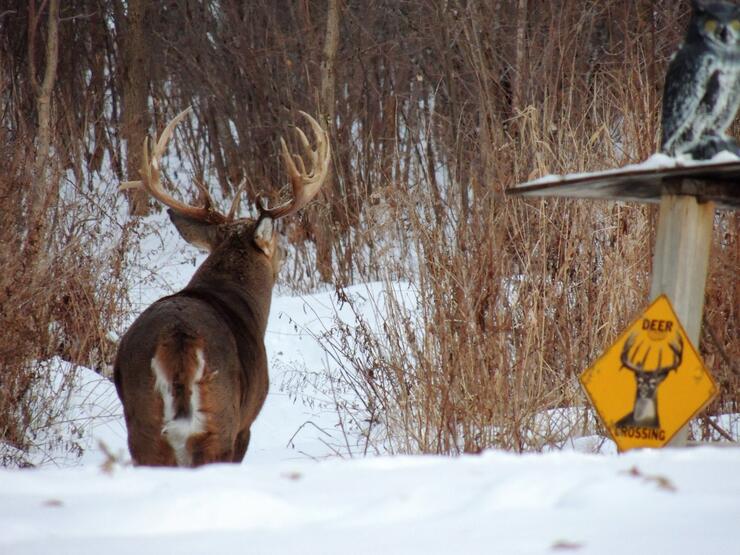
Conservation at work
As an active conservationist of Ontario’s northeast, I find being able to assist deer populations during difficult months both fun and beneficial. Maintaining a small backyard feeder has offered me an intimate glimpse into whitetail behaviour, rarely seen, and made for great photo opportunities.
Good luck with your own backyard whitetail feeding. Our deer friends thank you.
Glossary
Supplemental feeding – planned additional food or nutrients that is added to the usual diet
Fecundity - the ability to produce an abundance of offspring or new growth
Carrying capacity - number of living organisms that a region can support without environmental degradation.
Browse – twigs and buds of woody plants, an important part of winter diet during the winter months
Deeryard – a sheltered area where white-tailed deer herd in the winter
Rut – white-tailed deer mating season
Ungulate- a mammal with hooves
Conservationist - someone who advocates for the protection and management of our natural resources
Pellet counts – technique used by wildlife biologists to estimate population and carrying capacity
Bergmann’s Rule - body size of animals living in cold climates tends to be larger than in animals of the same species living in warm climates
Forage – food for animals, especially when taken by browsing or grazing
Recommended Articles
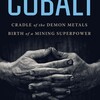
New books tells the hidden history of Cobalt, Ontario
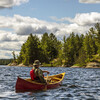
Canada's Canoe King: The Fascinating History of Temagami's Heirloom Vessels That Are Built to Last a Lifetime

The Best Ontario Parks to Visit in 2024

The Essential Northern Ontario Holiday Gift Guide 2022

12 Times TikTok Was So Northern Ontario
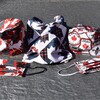
The Best Made in Ontario Face Masks

The 11 Best Burgers in Northern Ontario
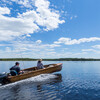
What family tradition will you start this year?
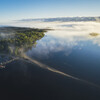
Deeper Into Canada
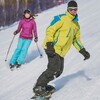
Downhill Skiing in Northern Ontario: 16 Ski Hills For Powderheads
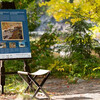
My 10 Day Ontario Road Trip Itinerary: Toronto to (almost) Thunder Bay
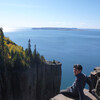
Ontario Travel in the Time of Covid

When Your Internship Turns Into an Amazing Career in Tourism
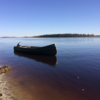
7 Neat Town Slogans in Northern Ontario
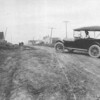
7 Interesting Place Names in Ontario
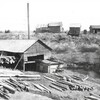
Northern Ontario's Ghost Towns Revealed!

The World's Smallest Record Store Is Not Where You'd Expect
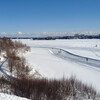
List of Ontario Government Covid Health Measures Starting Jan 5 2022

Surf Northern Ontario
